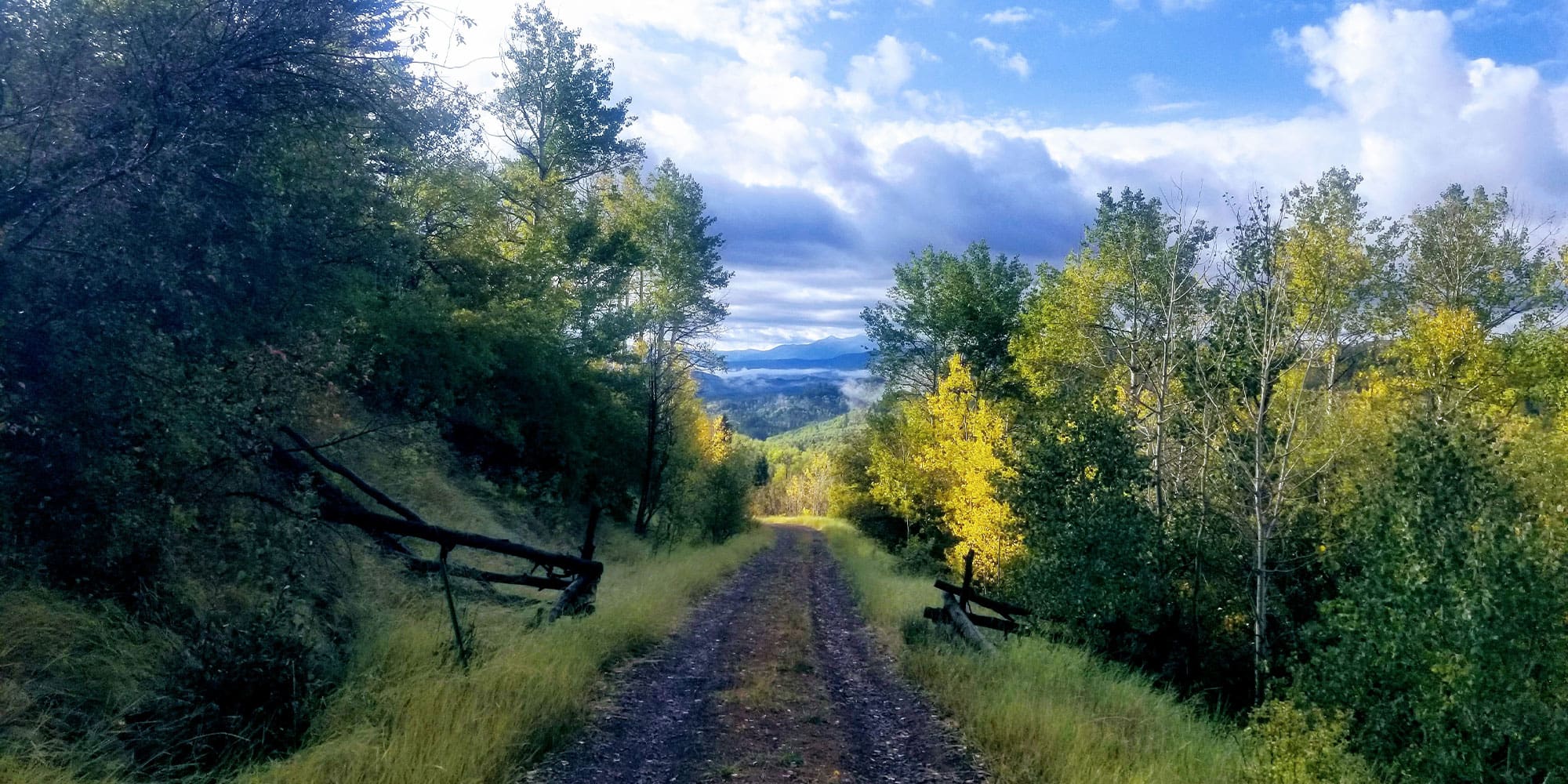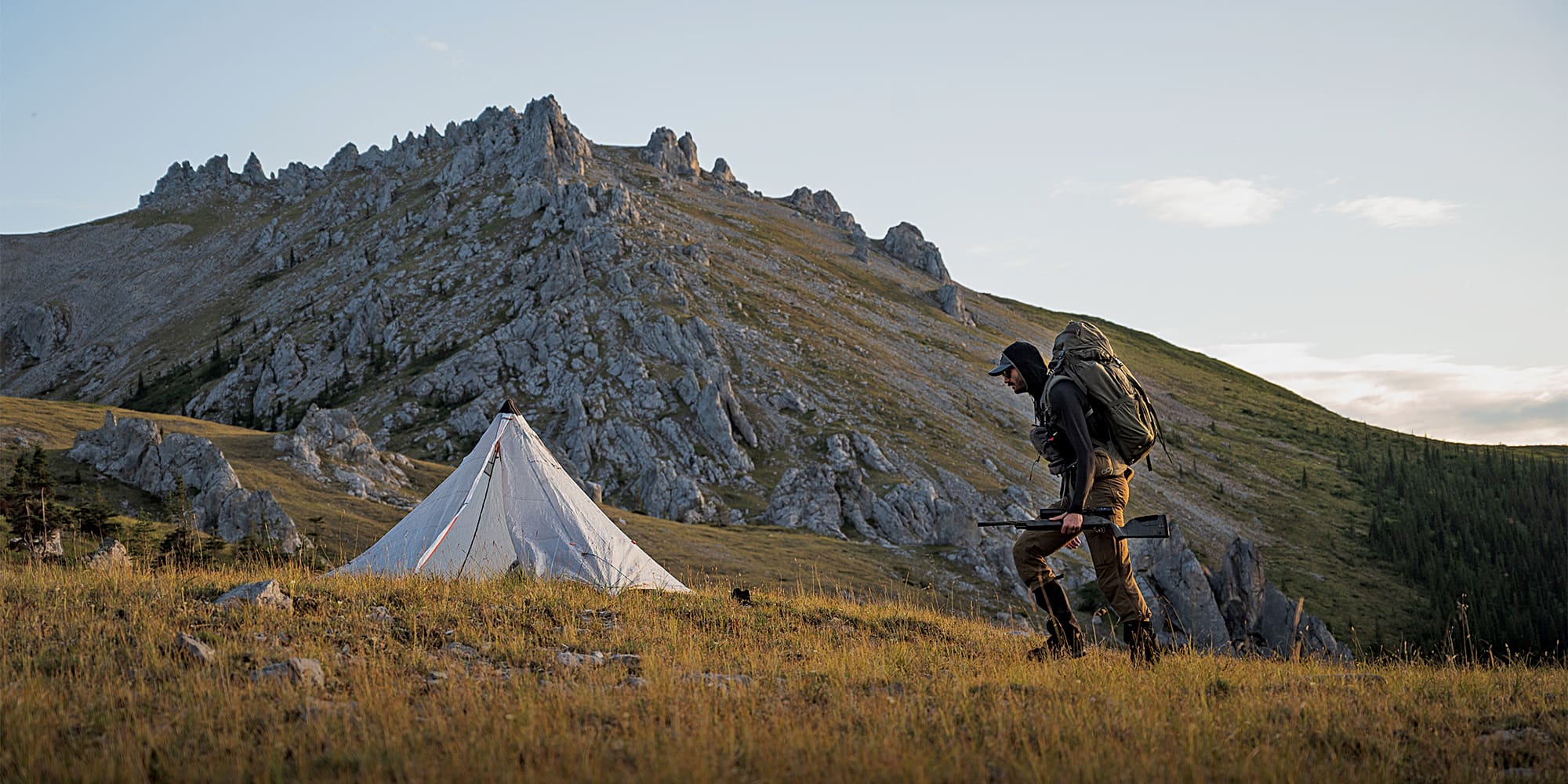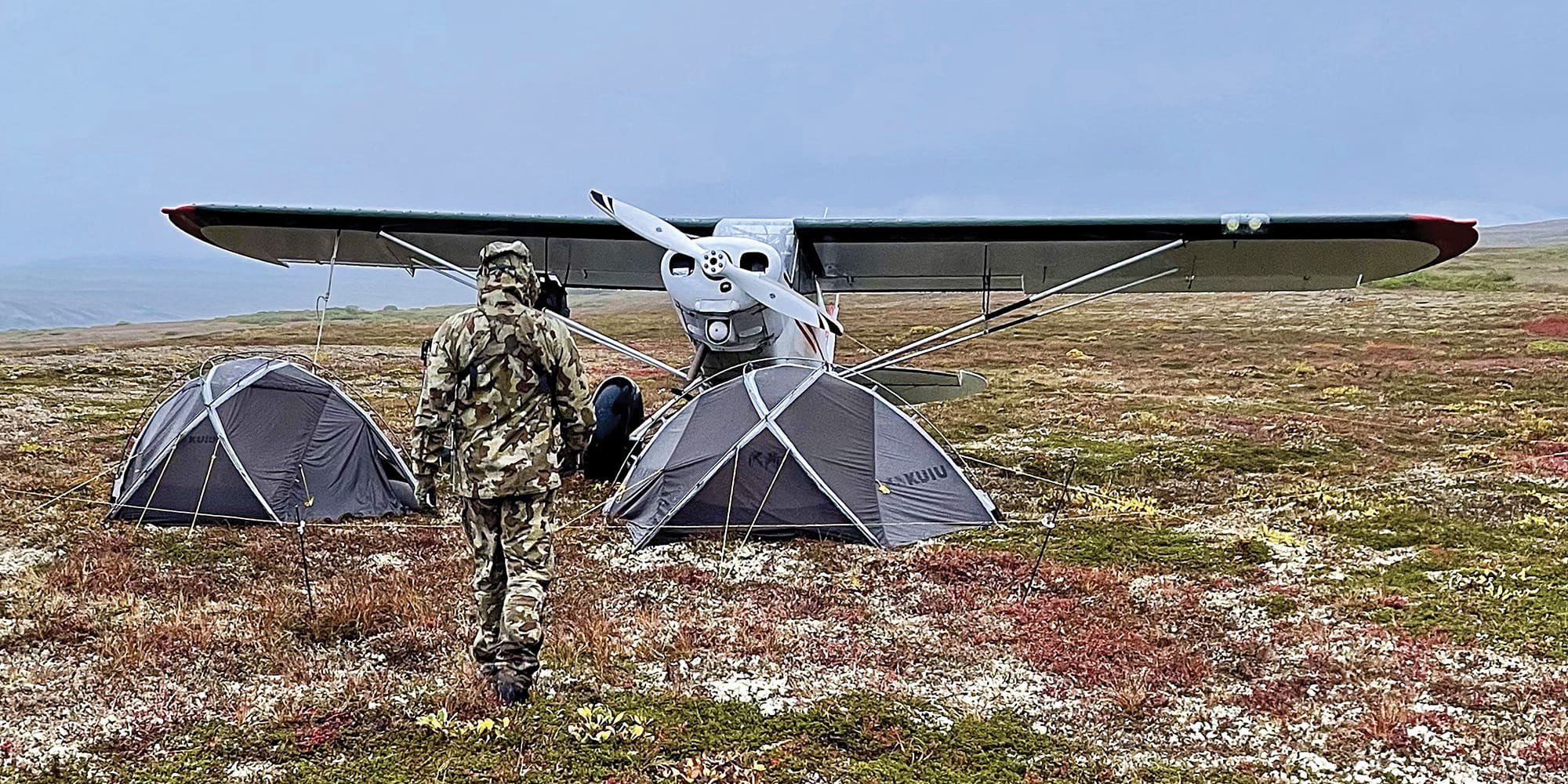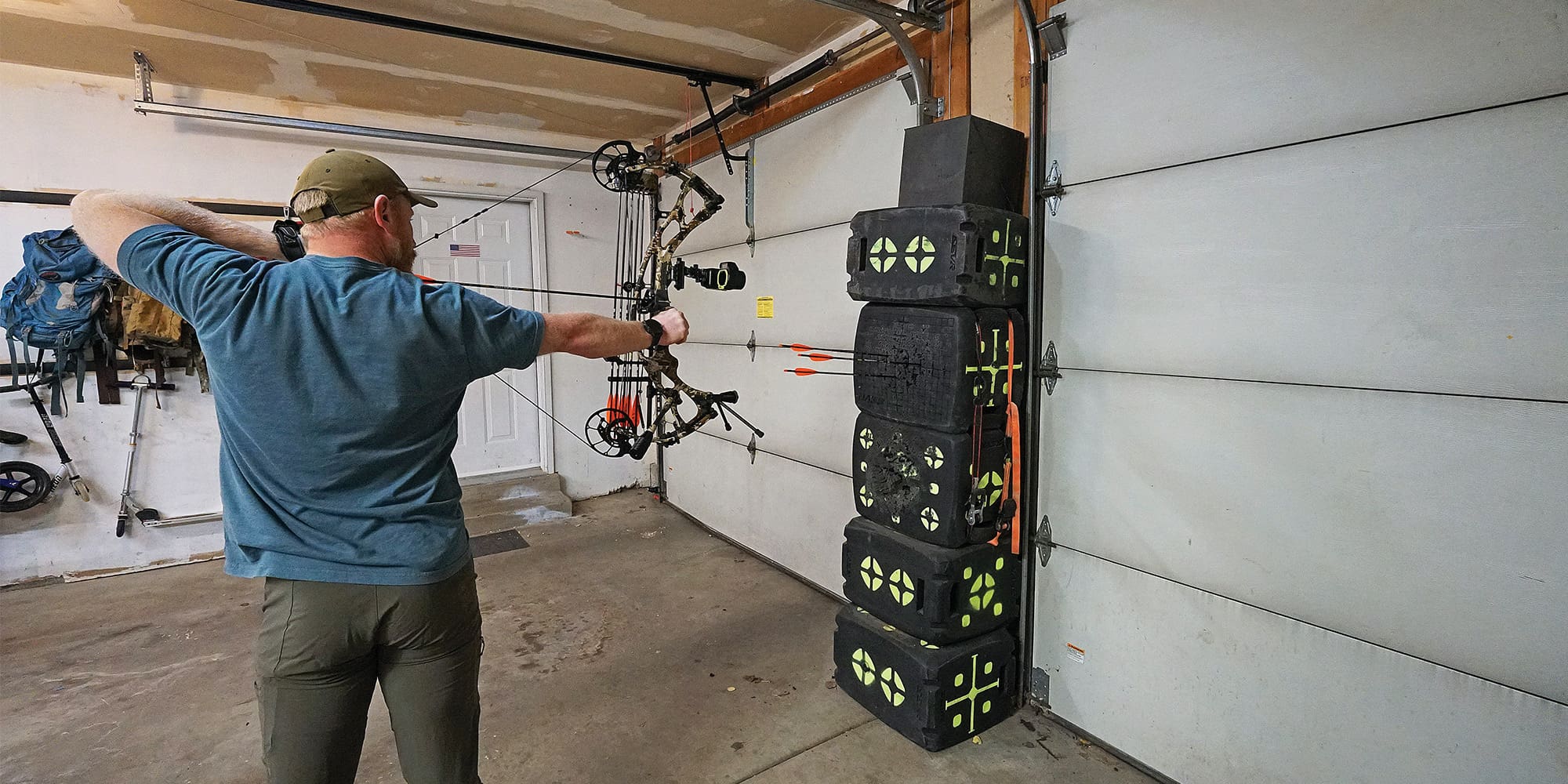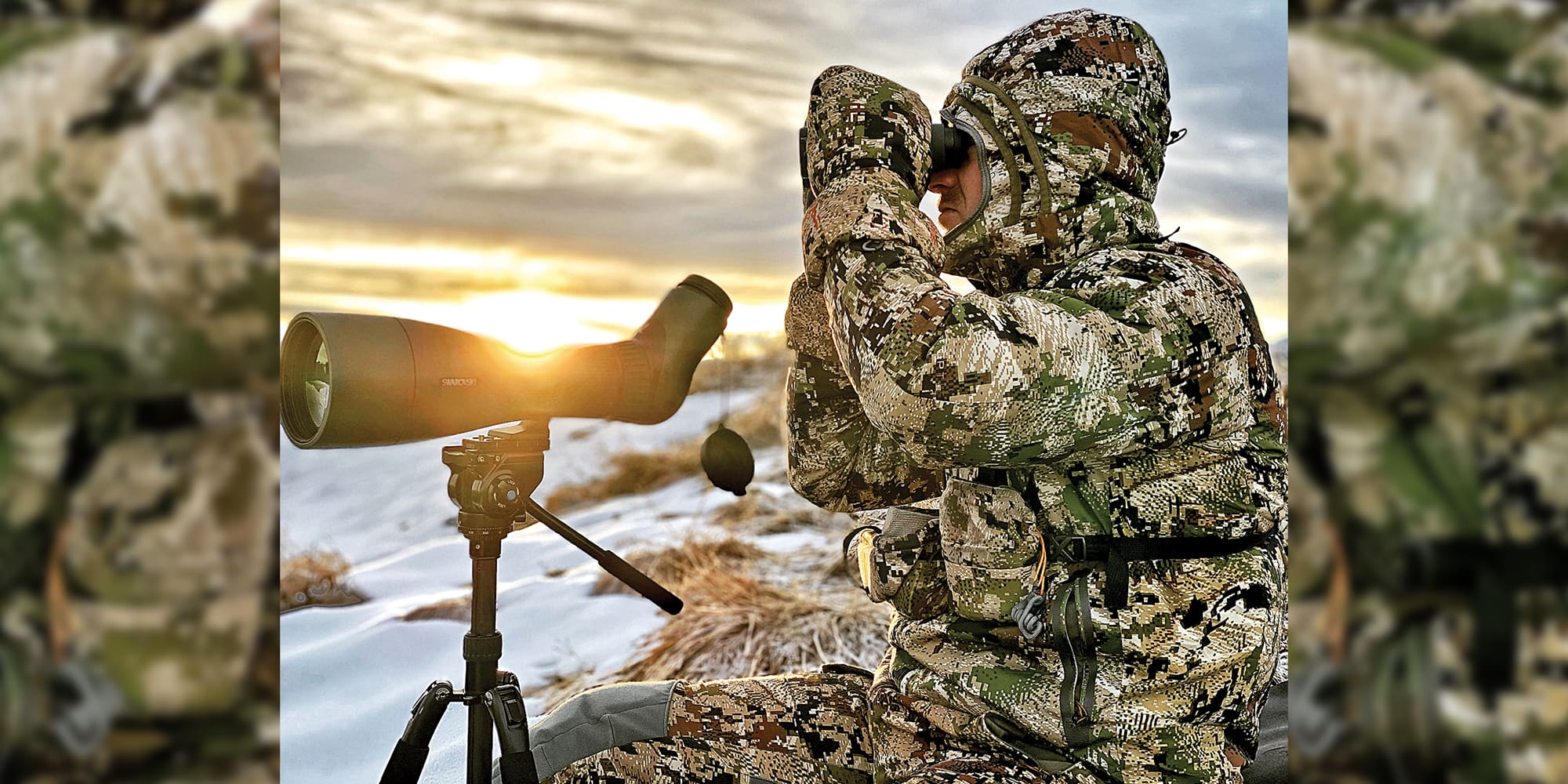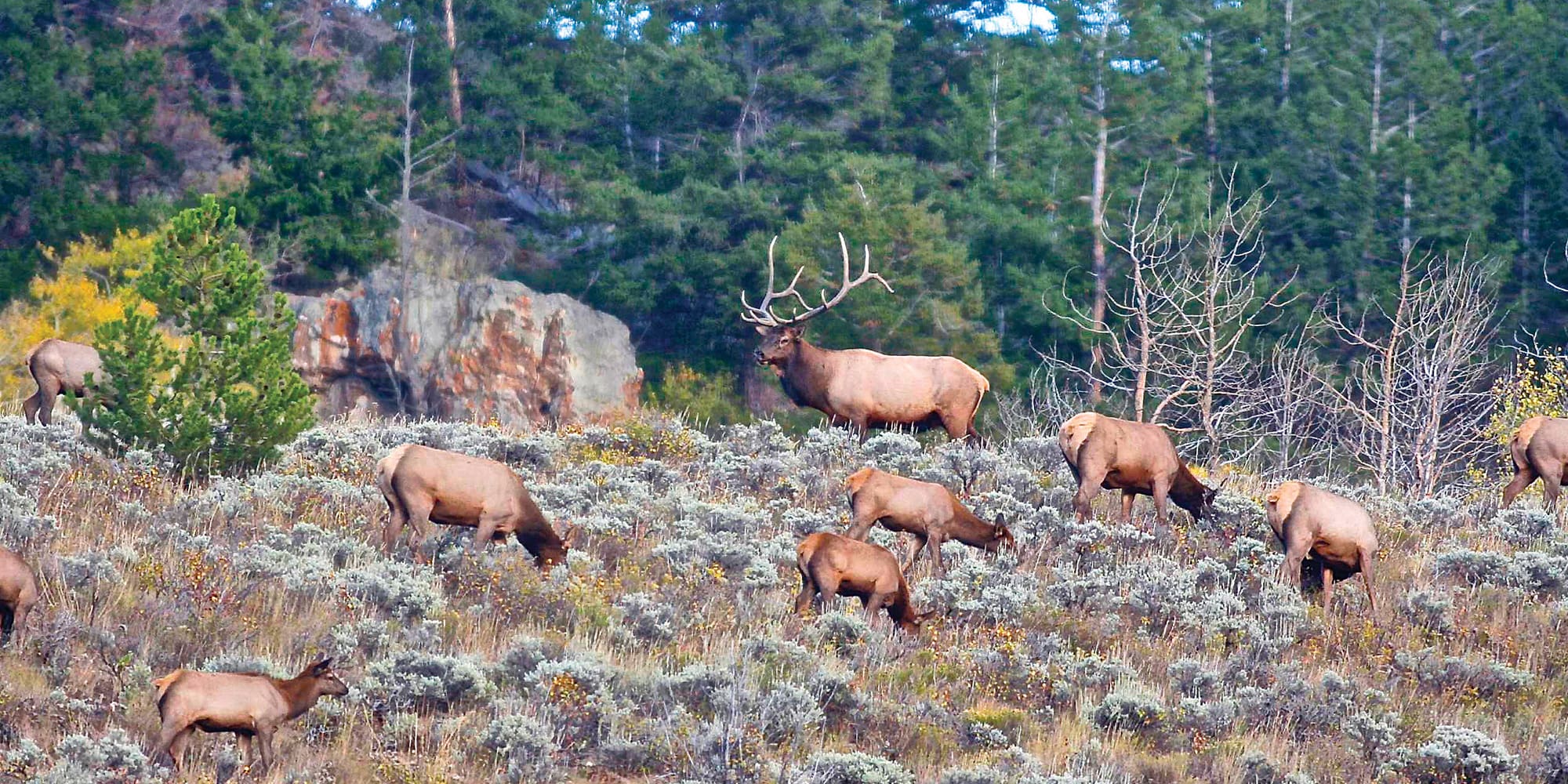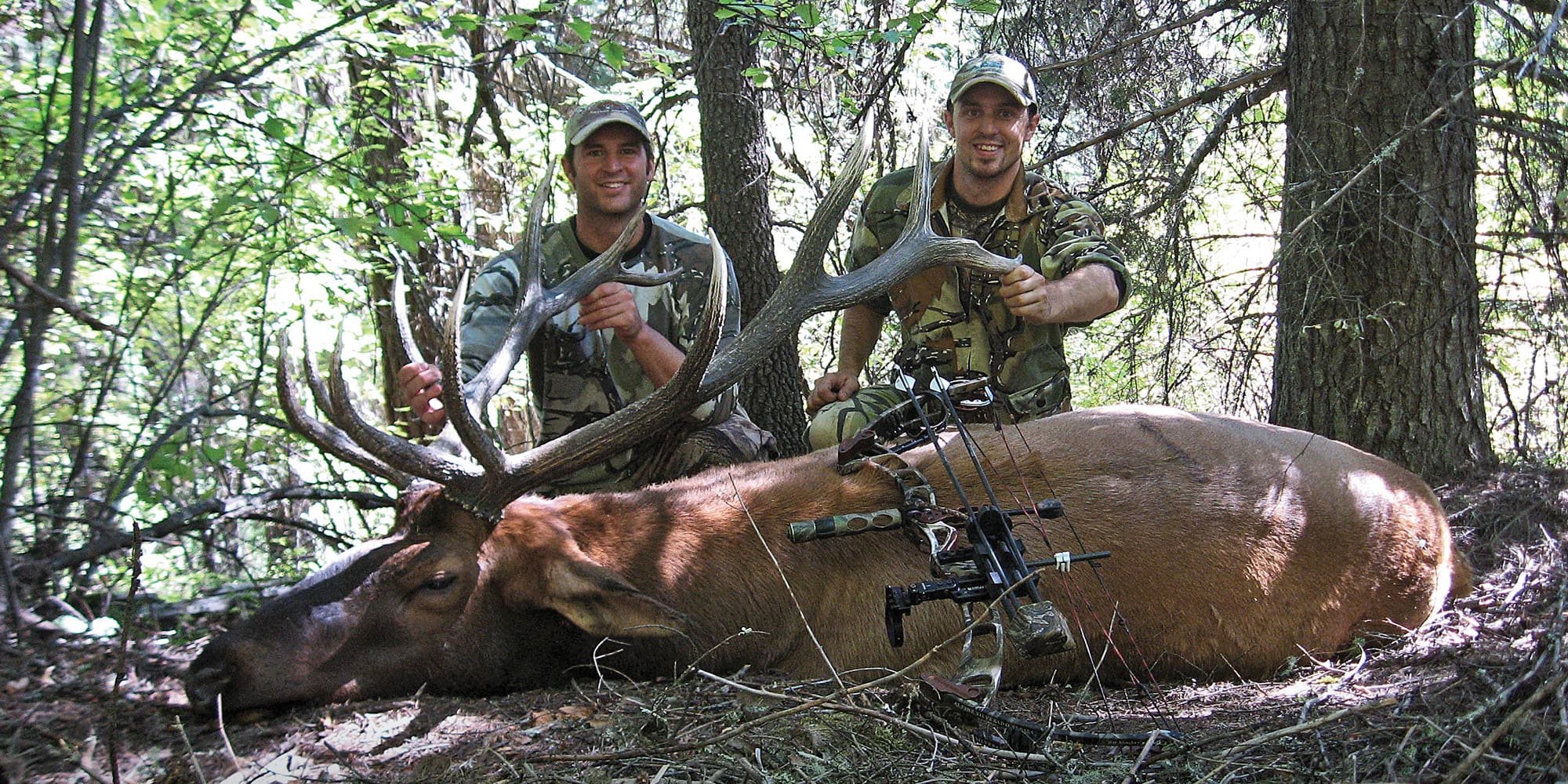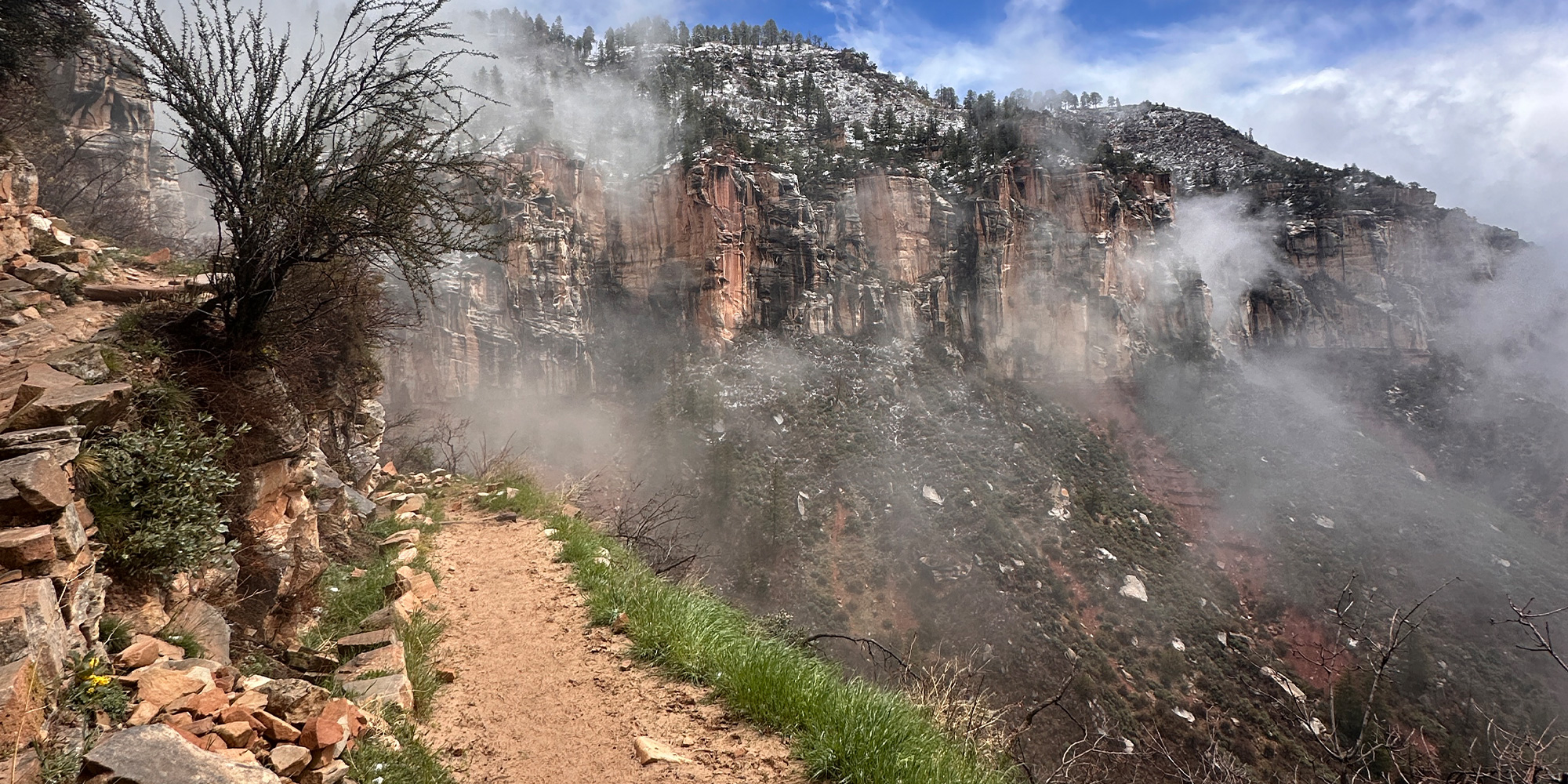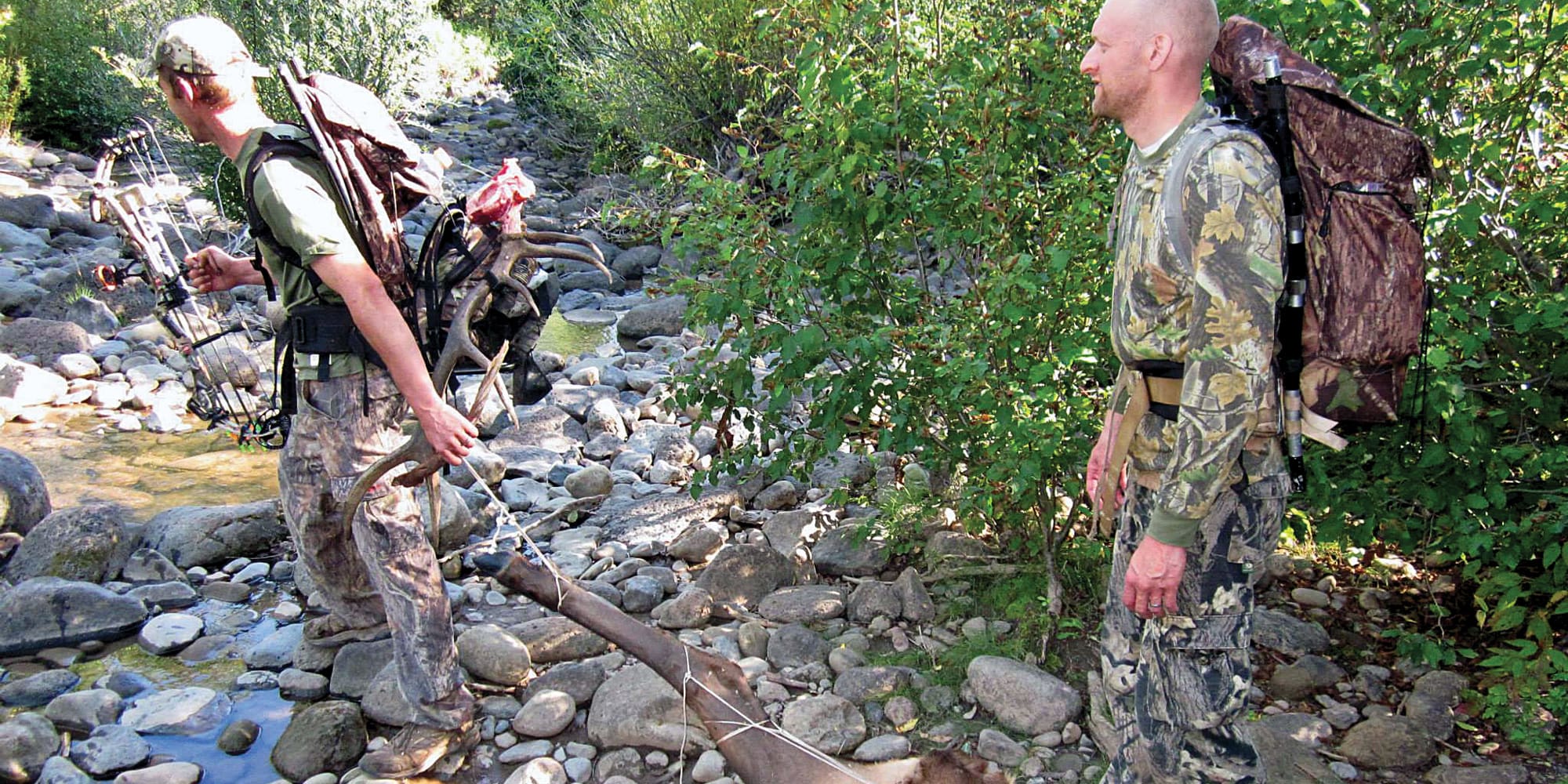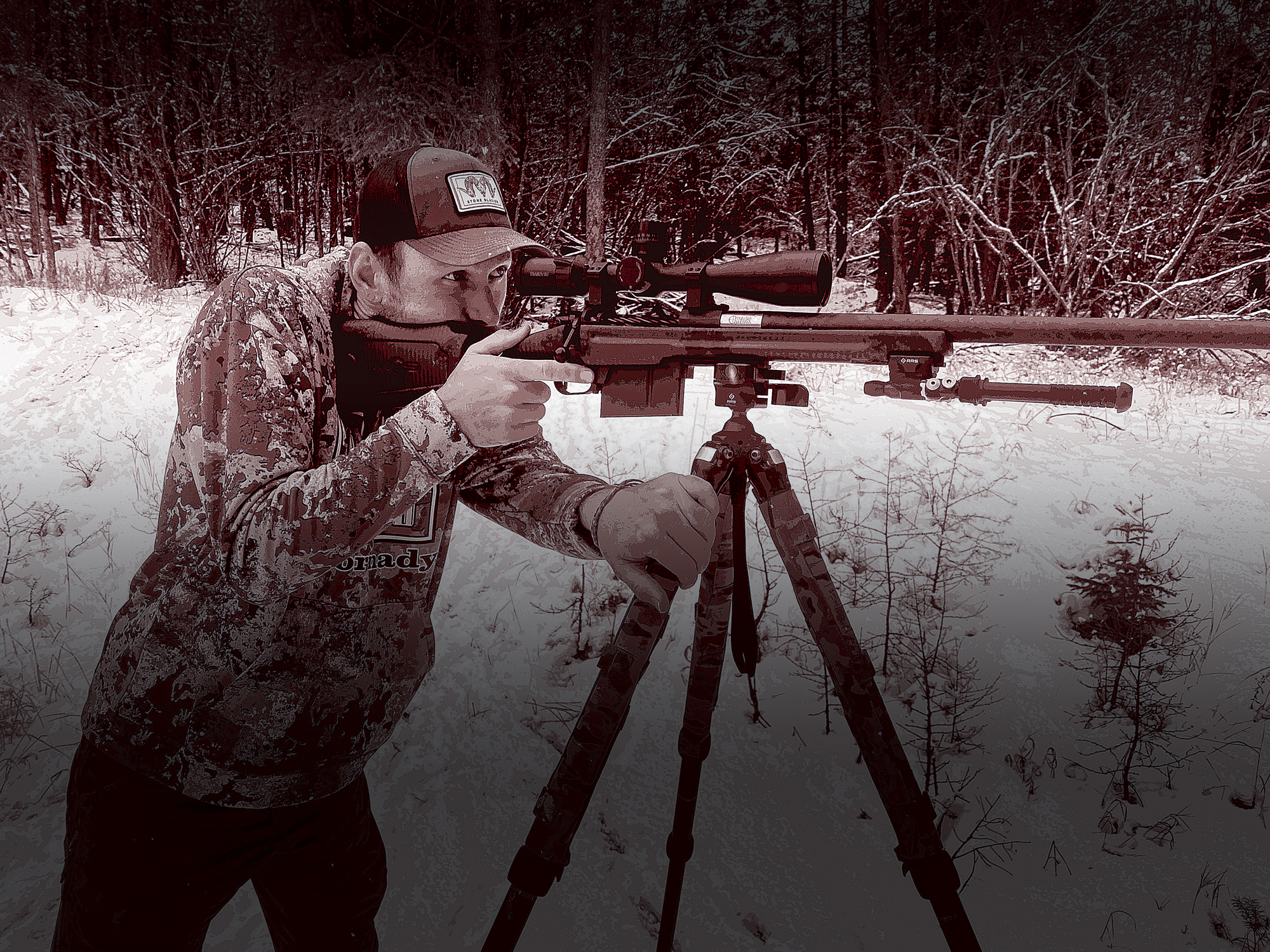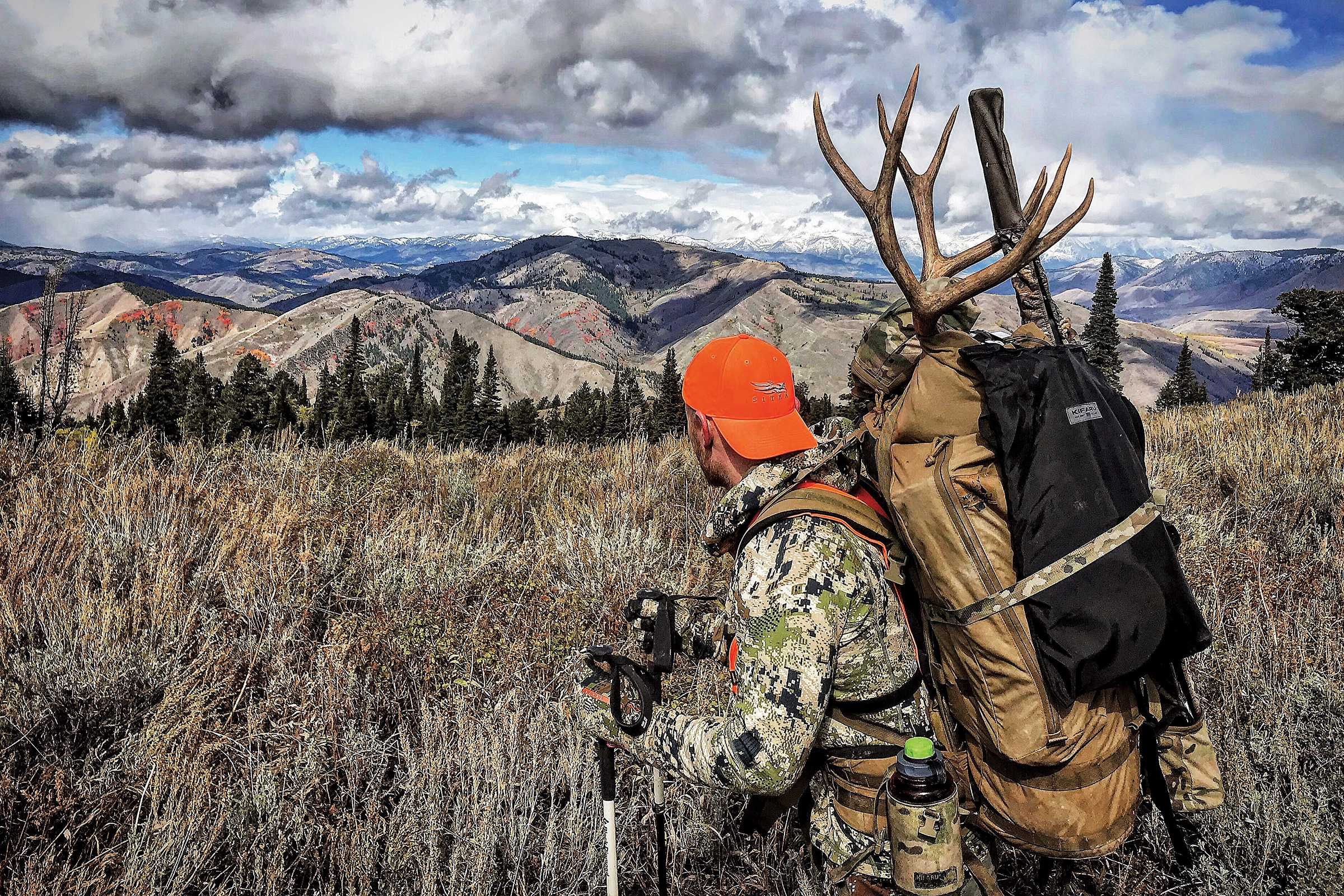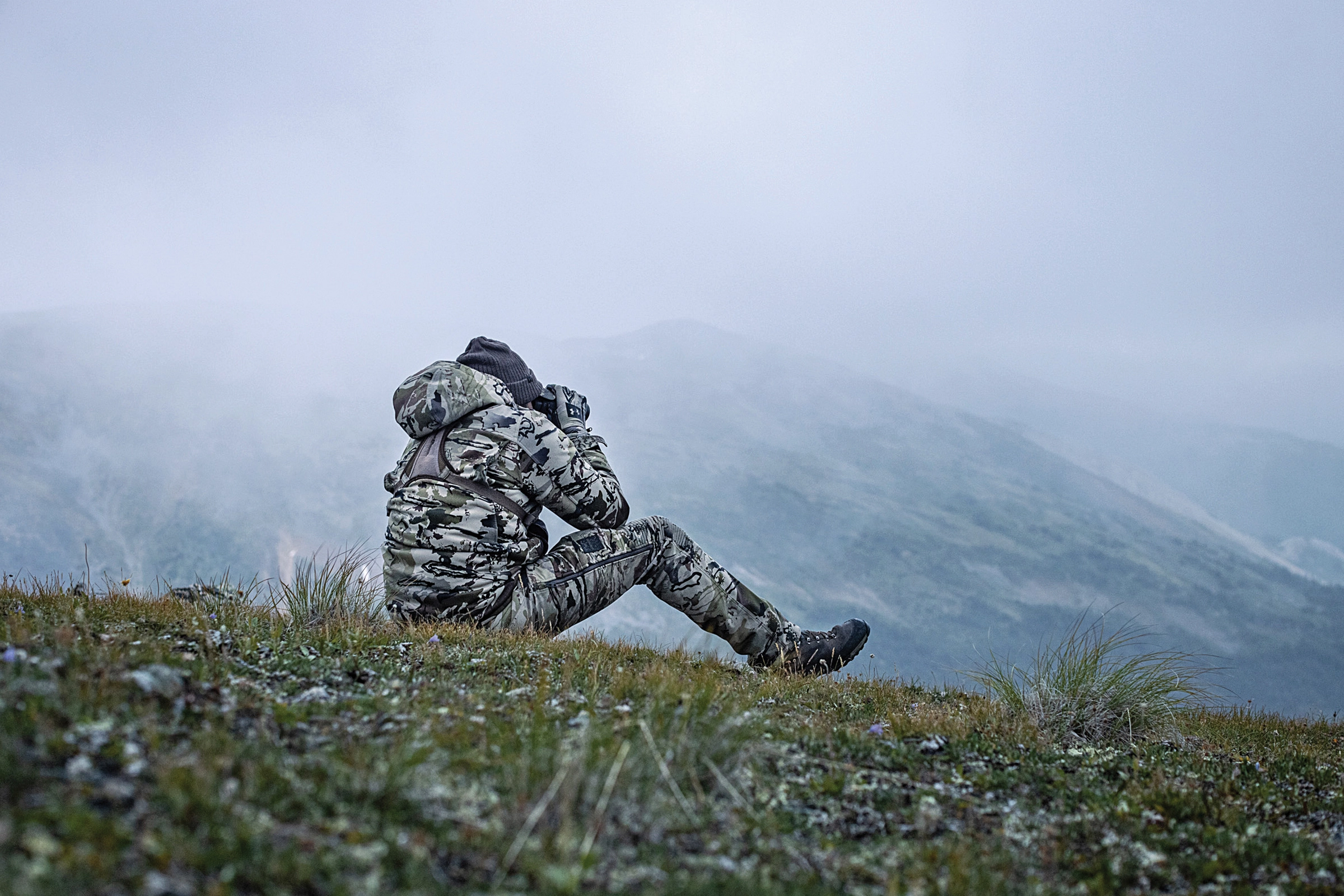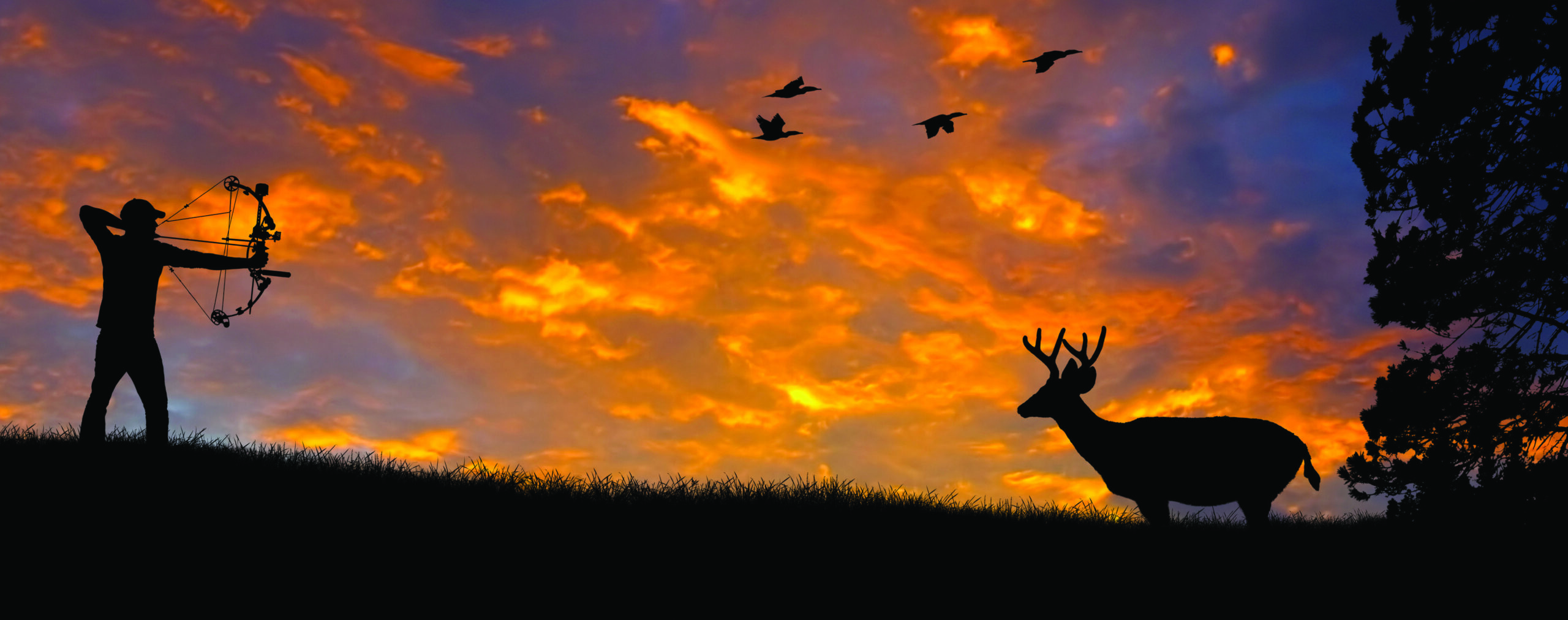
NOTICE: Certain links on this post may earn a commission for Western Hunter Magazine from Amazon or our other affiliate partners when you make a purchase. Thank you for your support.
How Randy Ulmer Prepares for Archery Elk Season
If you’re lucky enough to have an archery elk tag this fall, it’s time to get yourself and your bow in shooting shape! The earlier you get started, the better off you’ll be. I’d like to go over what I do each summer to get ready for archery elk hunting.
The way I prepare for early fall hunts has changed quite a bit over the last 15 years. Back when I was competing weekly in 3-D tournaments, I didn’t take my preparation for hunting season nearly as seriously as I do now. Five months of tuning and maintaining my target gear burned me out on archery. So, when fall rolled around, I just grabbed my hunting bow, slapped a few accessories on it, picked up a handful of arrows and headed into the field. I just wasn’t as well prepared as I should have been.
Things are a lot different now. I spend two solid months getting my gear ready to hunt. A lot of bowhunters will spend only the last month before season working on their gear. However, by that time, I’m already finished tuning and grouping. That way I can save the last month solely for working on my shooting technique.
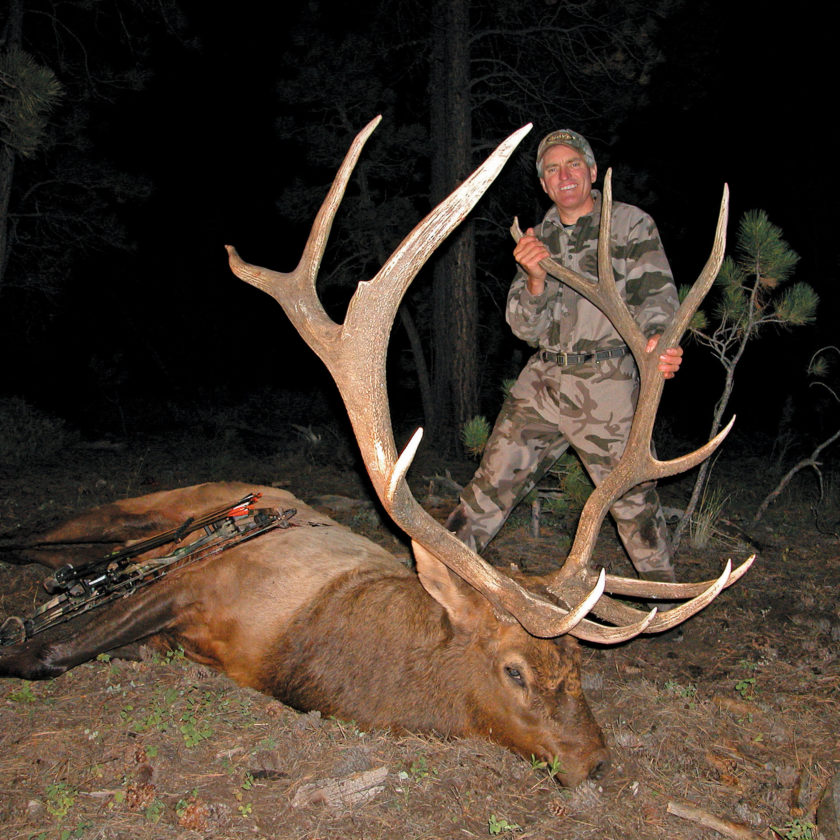
Increasing the Incentive
I’m motivated to start early because of a broadhead tournament we started about 12 years back. We developed the shoot to encourage ourselves to develop more accurate hunting setups and also to force us to get our gear ready earlier.
The first year we had the tournament it was just me and a couple of friends with a friendly wager. Now, it has grown into a formal competition – complete with serious bragging rights. It’s no coincidence that this tournament takes place a month before we all start hunting.
18 Perfect Arrows
In preparing for the broadhead competition, I spend a lot of time shooting long distances. I also work hard on my gear so that it’s perfectly tuned. One of my highest priorities is putting together 18 perfect arrows. I start with three dozen and shoot them repeatedly with broadheads attached. I have each arrow numbered, and as I shoot, I record where each one hits on the target. I do this at 100 yards to exaggerate any inconsistencies. If an arrow consistently hits outside the group, I’ll turn the nock and try again. If that doesn’t solve the problem, I replace the broadhead with a different one and keep shooting.
Once I have a broadhead and arrow combination that’s hitting right in the center of the target, I mark them as “gamers” and they remain a pair for the entire season.
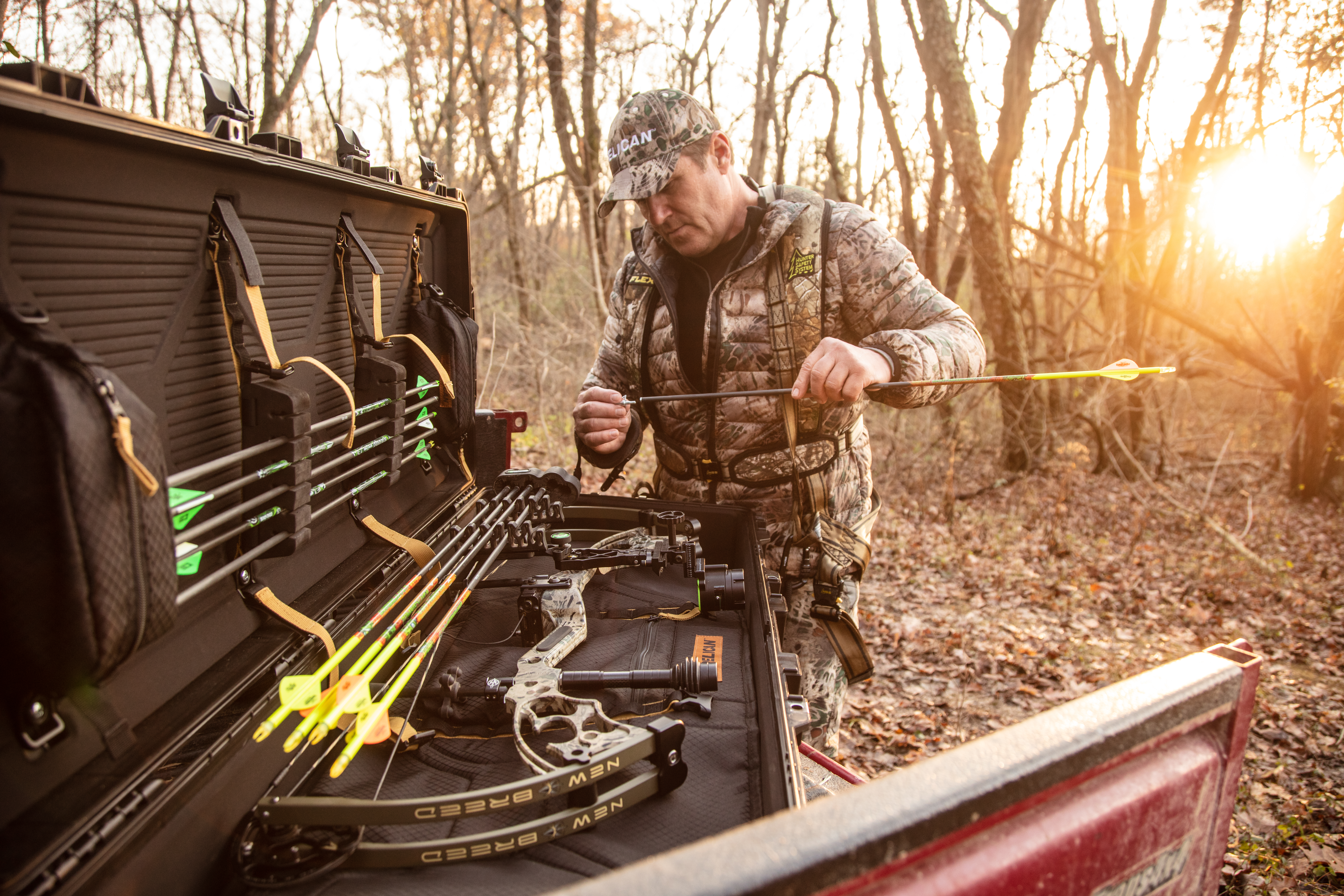
Mark It
When the bow is hunt-ready, I mark everything that could move with a marker, so if it moves, I’ll know right away. I then remove all the screws, put Loc-Tite on the threads, and replace and tighten them. Next, I’ll put just a dab of epoxy overlapping the edge of each screw head; if it moves, there will be a crack in the epoxy.
I put a custom string on my bow early on (I use Winner’s Choice). A good custom string is pre-stretched so that after only a few shots, the strings are set. I take special care to precisely mark my cams and my peep sight so I can tell quickly if they’ve moved even slightly. When I’m finished, my bow is bombproof.
Real-Life Shooting
After the broadhead competition, I turn my attention away from the long shots and focus on practicing real-life hunting shots. I practice awkward shots and the occasional quick shot. Target-range form is only a starting point for true hunting accuracy - very few of my shots on archery elk are taken while standing up straight on level ground. When you’re archery elk hunting, you’ll often face shots where you have to lean out from behind cover. You’ll be surprised how much this simple change in form affects your accuracy, so you need to practice this kind of shot. The same holds true for kneeling shots and twisting and turning shots. I also practice sitting shots.
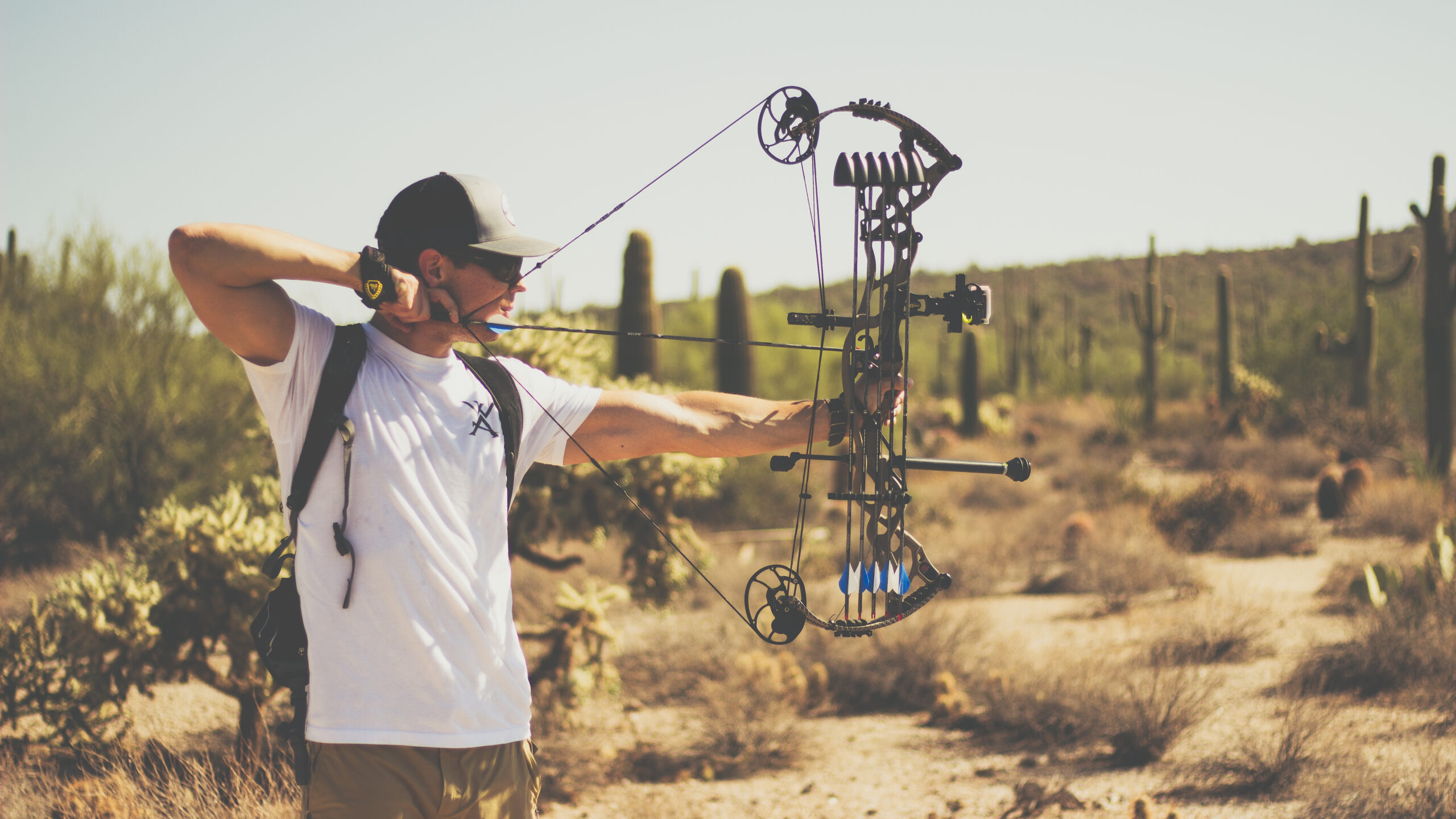
Just outside my door in Colorado is a 37-degree slope (very steep). I shoot a few arrows per day at a target I’ve packed up the mountain. Once a week I scramble up the hill with my bow and shoot all the arrows back down. This gives me great angle compensation practice on uphill and downhill shots. It also helps me perfect my uphill and downhill shooting form.
I spend quite a bit of time shooting in the wind and rain – conditions that drive most archers indoors. I want to know how the elements affect my accuracy. I’ve killed elk in some very ugly conditions. Without this kind of practice, it’s less likely I would have made those tough shots.
Change in Elevation
I’m fortunate that I spend my summers at 9000 feet elevation. So, once I’m sighted in, I’m good for almost all the mountain hunting I do at similar elevations in the early fall. If you live at sea level, you’ll have to re-sight your bow once you get to archery elk hunting elevations. The air is thinner as you go higher and that reduces the drag on your arrows, so they hit high.
If you shoot a large-diameter arrow with big vanes and a large broadhead, you may shoot several inches high at 40 yards at these elevations. That’s one of the reasons I prefer small vanes, low-profile broadheads and small-diameter shafts (I currently shoot Easton Injexion arrows, fletched with Plastifletch Max by AAE, and tipped with an Ulmer Edge 125-grain Stainless Steel broadhead.)
Parting Thoughts
Ten years ago, I missed shots that I can make today. When I face tough shots in the field now, I’m more prepared and confident. I have a better understanding of what I have to do to compensate for the environmental conditions and my own tendencies.
There’s a lot more involved in proper preparation than simply dusting off your bow and spinning a couple of arrows. The last few months before hunting season is the time to pull everything together. Your bow should be set up perfectly, with everything locked in place. Finally, get yourself into great shooting shape, and the best way to do that is through lots of challenging, realistic practice.


